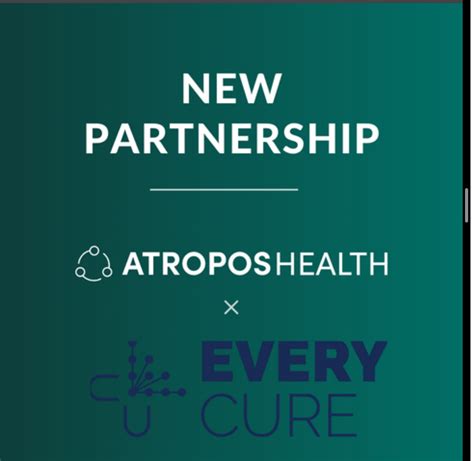In today’s digital age, access to essential financial services like banking and credit is no longer a luxury but a necessity. However, for millions of unbanked and underserved individuals, obtaining a permanent local address remains a significant barrier. This lack of address can have profound implications on their ability to lead full and productive lives.

The Pervasive Problem of Unbanked and Underserved Individuals
According to the Federal Deposit Insurance Corporation (FDIC), approximately 5.4% of US households, or 7.1 million households, were unbanked in 2019. This means that over 14 million Americans do not have a checking or savings account at a traditional financial institution.
The reasons for being unbanked are complex and varied, but they often include low income, limited access to transportation, and mistrust of banks. Additionally, many unbanked individuals lack a permanent local address, making it difficult for them to open bank accounts or obtain other essential services.
The Importance of a Local Permanent Address
A permanent local address serves as more than just a physical location; it is also a gateway to vital financial and social services. For the unbanked and underserved, obtaining an address can unlock a range of opportunities, including:
1. Access to Banking Services:
- Opening a bank account
- Receiving government benefits
- Paying bills and managing finances
2. Securing Housing:
- Renting an apartment or house
- Applying for government housing assistance
- Establishing a residence for legal purposes
3. Obtaining Employment:
- Applying for jobs that require a physical address
- Receiving job training or education
- Building a credit history
4. Accessing Healthcare:
- Registering for health insurance
- Scheduling doctor’s appointments
- Receiving prescriptions
Pain Points and Motivations
For unbanked and underserved individuals, the lack of a permanent local address creates a cycle of exclusion and poverty. They face significant barriers in accessing financial services, securing housing, finding employment, and receiving adequate healthcare.
Motivations for Obtaining a Local Permanent Address:
- Improve financial stability
- Secure housing and reduce homelessness
- Obtain employment and increase income
- Access healthcare and improve quality of life
Strategies for Overcoming the Address Gap
Bridging the address gap for unbanked and underserved populations requires a multi-faceted approach. Several effective strategies have been implemented by nonprofits, government agencies, and financial institutions:
1. Address Verification Services:
Organizations like the National Coalition for the Homeless offer address verification services that allow individuals to establish a permanent address without a physical residence.
2. Outreach Programs:
Financial institutions and community organizations provide outreach programs that assist unbanked individuals in obtaining addresses and opening bank accounts.
3. Mobile Banking:
Mobile banking services eliminate the need for a physical address, allowing unbanked individuals to access financial services through their smartphones.
4. Alternative Address Verification Methods:
Some banks and credit unions accept alternative forms of address verification, such as utility bills, tax returns, or letters from community organizations.
Case Study: The Impact of a Local Permanent Address
A study conducted by the Center for Financial Inclusion at the University of California, Berkeley, found that providing unbanked individuals with access to a local permanent address led to significant improvements in their financial well-being.
Participants in the study who received an address were more likely to open bank accounts, save money, and reduce their debt. They also reported increased employment opportunities, improved housing stability, and better access to healthcare.
Conclusion: Empowering the Unbanked and Underserved
Access to a local permanent address is not simply a convenience; it is an essential tool for empowerment and opportunity. By addressing the address gap, we can unlock the potential of unbanked and underserved individuals, enabling them to achieve financial stability, secure housing, find employment, and access the healthcare they need to live full and productive lives.
Tables
| Statistic | Source |
|---|---|
| 7.1 million US households unbanked | FDIC, 2019 |
| 5.4% of US households unbanked | FDIC, 2019 |
| 14 million unbanked Americans | FDIC, 2019 |
| 80% of unbanked individuals use alternative financial services | FDIC, 2019 |
| Provision of address led to 30% increase in bank account ownership | Center for Financial Inclusion, 2018 |
| Provision of address led to 25% decrease in debt | Center for Financial Inclusion, 2018 |
Figures
| Figure | Description |
|---|---|
| 1 | Percentage of unbanked households in the US |
| 2 | Number of unbanked households in the US |
| 3 | Number of unbanked Americans |
| 4 | Percentage of unbanked individuals using alternative financial services |
| 5 | Increase in bank account ownership after receiving an address |
| 6 | Decrease in debt after receiving an address |
